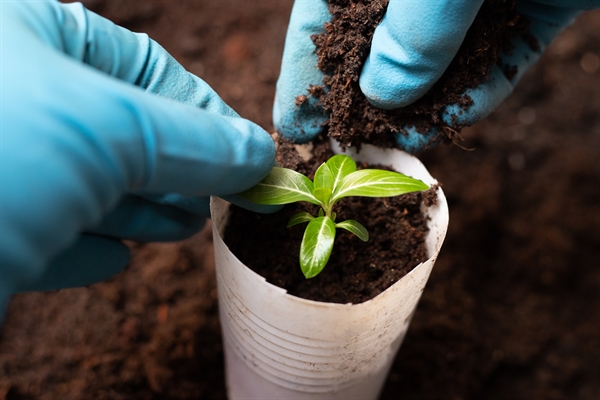
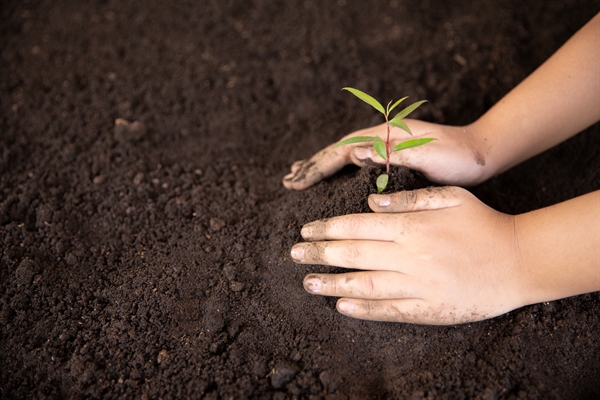
In Ellicott City, MD, Guadalupe Mccarty and Jaiden Joseph Learned About Pick Up Grass Clippings
Turf experts often suggest “topdressing” yards with a thin layer of garden compost. The material is spread one-quarter to half inch thick in spring or fall, depending upon local environment and soil. * Compost enhances the moisture-holding capacity of the soil, includes nutrients, and feeds soil microbes. These microbes are crucial to the intricate process that makes food available to turf plants.
Garden compost spread on top of thatch can also speed thatch decomposition and remove the labor of mechanical elimination. However there is a problem: Compost quality differs. Whether you purchase it by the bag, select it up at the community leaf dump or have it delivered by the yard, how can you understand that it is “excellent” compost? Think about these questions: Is it at the completed stage?Does it contain undesirable components such as dyes or developing materials?Are there feasible weed seeds in the material?Could it have pesticide residues? The parent materials and the composting process both affect the quality of the end product.
” That is to utilize compost that has actually gone through compost-specific screening.” Acknowledging the problem this produces for consumers and the land care market alike, the USCC began the Seal of Screening Guarantee (STA) in 2000. STA is a testing, labeling, and disclosure program designed to bring visibility into the world of compost sales.
STA looks at 14 garden compost characteristics including raw material, salts, p H, major nutrients, pathogens, metals, stability, and maturity. Rattie says one of the biggest issues is the existence of pesticide residuals. Reliable compost, nevertheless, carries little of this threat. “An appropriate composting system destroys the frustrating bulk of pesticides and herbicides,” states Rattie.
” Most of STA individuals offer wholesale through local landscape supply backyards, garden centers, and through direct sales,” states Rattie. USCC provides several resources to find STA garden compost and a calculator to help determine the amount: Find a list of 200+ STA participants Check out Purchase Compost.com and utilize the USCC’s garden compost calculator on the upper right of the homepage.
” Bagged compost supplies just one cubic foot of product,” he states. “It takes 27 bags to get one cubic yard. Do the mathematics!” When we used the garden compost calculator used by the USCC at Buy Compost.com, we found that a one-quarter inch layer on a quarter-acre lawn (10,000 square feet) requires 7.7 cubic backyards or 5.9 cubic meters of garden compost.

” Golf course and ball park superintendents having actually been using this strategy effectively for lots of years,” he states. Compost is spread in spring or fall, but there are necessary subtleties. In cool-season locations, the spring application is generally lighter and the fall application much heavier. In the south, topdress warm-season grasses in early spring.
Put simply, compost is decomposed organic matter however that doesn’t discuss much. To a romantic, compost is the very essence of life. The living element of the soil accountable for a myriad of the most superb and complex processes understood to male. Organisms nourishing organisms all the method up the food cycle from basic germs to crops to humans, none of it possible without decayed natural matter: garden compost.
In 30096, Elisha Ewing and Tyrell Duarte Learned About With Grass
It is the things of life, bursting with bacteria that enter into the nutrition cycle of plants. Garden compost can be made small scale; in a backyard or underneath a sink, or large scale; in huge windrows turned by front-end loaders or other specialized equipment. Either way, it is everything about decomposing raw material till all that is left is an abundant, dark, moldy, nearly sweet-smelling substance with the consistency of potting soil.
Hay, straw, fish gurry, animal manure, branches, tree bark, and seashells are typically utilized to make up the structure of garden compost. The compost is normally blended 2 parts dry material (bark, leaves) to one part wet or green product (lawn clippings, fish gurry) and left in either containers, stacks or windrows to break down.
Disintegrating garden compost must stay equally damp however not damp. Depending on the kind of composting system, it can take anywhere from a few months to a year or more to end up the process, in some cases described as “cooking.” Actively decaying compost is stated to be cooking since temperatures can reach anywhere from 120 to 160 F.
Warning Garden compost is ruled out correctly cooked unless it has reached these heats enough time to disinfect weed seeds and get rid of harmful bacteria found in some manures. Ultimately, more complicated organisms like amoeba and nematodes consume the simpler germs and fungi, the stack starts cooling while the nutrients in the garden compost become increasingly more focused from their waste items and further decomposition.
Garden compost that is not totally ended up can have an ammonia smell to it and may not deliver the wanted effects or it can even hurt the plants as it continues to prepare. It’s the bacteria in compost that give it its magic. Countless microbes go to operate in the soil, biking nutrients and making them readily available to be used up by the plant.
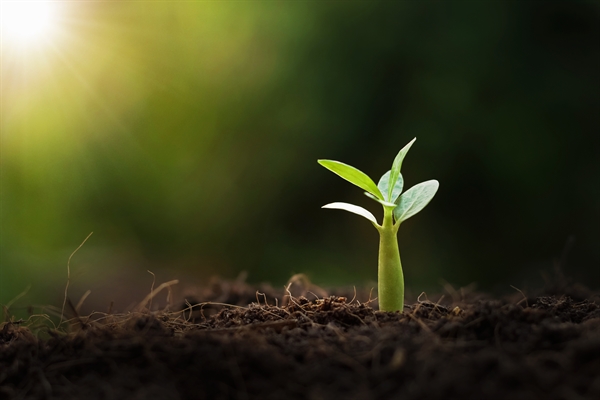
Compost is likewise filled with micronutrients and other complex biology that is incredibly beneficial for plant development. Garden compost includes life to the food web, eventually resulting in healthier grass. Good quality compost contains a high percentage of ended up raw material with the rest being comprised by smaller sized unfinished raw material like wood chips, sawdust, seas shells and mulched leaf matter.
Compost can be spread manually with shovels by using a throwing action to attempt and achieve a layer about 1/4″ thick. It can be smoothed out with a rake to mix it in a little better and after several days it will not even be visible on the surface of the yard.
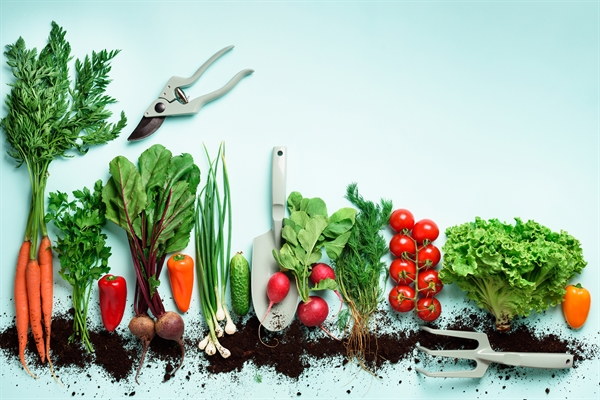
Using the compost instantly after seeding and aerating is an outstanding way to include the compost directly into the soil and provide a jump start for seedlings. Simply doing this one or two times a year will benefit the yard more than numerous quick-fix products that are hassle-free however not always the best option.
In Camp Hill, PA, Madilyn Bennett and Leonidas Duran Learned About How To Dry Grass
Preferably, a lawn would be topdressed with garden compost several times a year but a composting program will eventually be determined by money and time. The target for a composting program must for a yard’s soil to contain 5% raw material. It appears like a little quantity but it can take years to build up in certain soils.
When raw material starts to develop in the soil, topdressing can be cut back to one or two times a year. Likewise, the requirement to fertilize and water the yard will begin to decrease as the soil begins to provide ideal growing conditions for turf. Weed, bug and disease pressure will reduce also, leading to expense savings over the long term as the work of the healthy soil replaces the life support system of synthetic fertilizers and chemical pesticides.
House & Garden Green Living How to Top-Dress Lawns with Compost By Cathy Cromell, The National Gardening Association If you have actually gone through the effort of making rich compost of your own, you can utilize it to top-dress your yard for thicker, healthier grass. You can utilize garden compost to top-dress both brand-new and existing lawns.
Top-dressing is specifically valuable in arid environments or throughout dry or breezy spells, where the soil and seeds easily dry within hours. (If a germinated seed dries, it’s a goner.) On an existing lawn: Top-dressing with compost may likewise renew existing lawns. Lawns often end up being compressed with time from foot traffic, play, and mowing, which prevents air, water, and nutrients from flowing easily through the turf’s root zone.
To core aerate a small patch of turf, utilize a customized foot press that you can find at your local house and garden shop. For large lawns, lease a maker from an equipment supply business or employ a yard upkeep company. When top-dressing with compost, you need to only utilize screened garden compost or compost with particle sizes of 3/8-inch or less.
Likewise, take care to top-dress with compost that’s ensured devoid of weed seeds, or you might be sowing a future weeding nightmare into your yard! No matter where you live, the finest time to aerate and top-dress your yard is when it is most actively growing. This enables the grass to vigorously rebound after having holes typed it.
Prevent aerating these turfs during summer’s extreme heat, which may worry roots. Although some growth occurs in early fall, these kinds of grasses go semi- or completely inactive as weather cools, making recovery after a late aeration more demanding. Likewise, early aeration promotes better penetration of summertime and fall rains through the soil when it’s most useful for growth.
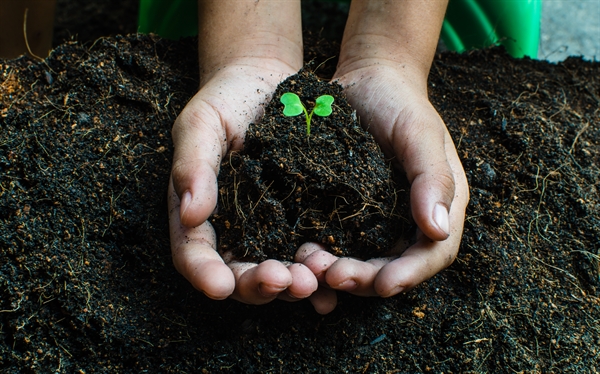
If you reside in a warm climate that permits year-round lawns, you have various alternatives. The very best time to aerate and top-dress is early to mid-summer when your warm-season lawn (such as Bermuda turf) is actively growing. You ought to likewise use compost top-dressing (without aeration) after overseeding your summer lawn with a cool-season lawn (such as ryegrass) in the fall.
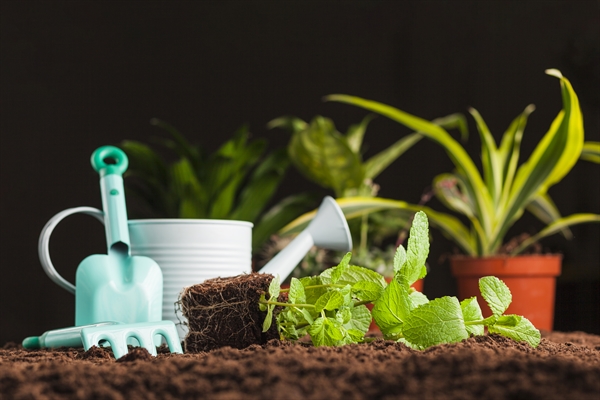
In 50401, Leyla Werner and Francisco Bowers Learned About Grass Clippings In Garden
The arrival of summer reminds us that it’s not far too late to nourish your lawn the healthy way with natural garden compost from World Natural. As lawn-spraying services expand their grip on suburbia it is very important to bear in mind that using organic practices to motivate yard in your lawn secures your family pets and family from harmful chemical fertilizers and herbicides.
It will considerably increase useful microbial activity in your soil, benefiting your yard even more. And it’s an excellent way to deal with the areas in your lawn that are thin, brown and unhealthy. From Organic Lawns, Healthy Soil: “Developed yards benefit significantly from a single yearly application of compost, even more considerably from 2.
Depending on your lawn’s size, a wheel barrow and a shovel may be the very best way to distribute garden compost around your backyard, followed by a good raking (a push broom will also work) to disperse it more evenly. Though hard to find and frustrating to use efficiently, a compost wheel or peat spreader can distribute compost throughout small yards though they can be tough to press and need to be filled up typically.
Compost ought to be spread out no greater than a half-inch deep. The concept is not to bury lawn blades, smothering them and keeping them from sunshine. If that suggests less than a half-inch of compost, then decrease your application. You desire grass blades exposed to oxygen and sunlight. Applying garden compost to issue locations will also help cure them.” Including compost will help your yard’s soil keep wetness during the long hot months of summertime, keeping your yard greener longer.
Do Compost: Turf clippings, leaves, stalks, dead plants, twigs as much as pencil diameter, and the majority of weeds. Do Not Garden compost: Weed seeds and invasive weeds like ivy (they resprout!), infected plants, pet waste, clippings treated with weed or bug killers, or food waste. Rather, try the rodent-resistant methods described in Food Waste Composting.
It takes 6 to 12 months for soil animals to alter most lawn waste into finished compost. For faster composting, keep your pile as moist as a wrung-out sponge. Slice up stalks and branches. Mix “green” products like grass clippings with “browns” like fall leaves and stalks. Symptom Cause Solution Bad smells Stack too wet, no air, or contains food or family pet waste Turn pile.
Eliminate food. Pile is dry Insufficient water Turn pile. Include water to keep as damp as a sponge. Moist enough, but slow composting Inadequate “greens” Turn pile. Add “greens” like turf, plants, or manure Slimy grass, ammonia smell Excessive fresh turf in stack Leave clippings on lawn, instead of composting.
Pile shrunken, but looks un-decomposed Top too dry, completed garden compost is at bottom Harvest finished garden compost from bottom. Start new pile with un-composted product. Contact the professionals at the Garden Hotline at (206) 633-0224 (language analysis readily available) or at Garden Hotline. Composting in your home Guide (pdf) – Request a totally free copy.
In Sandusky, OH, Ashlynn Randall and Christopher Sutton Learned About Can I Use Grass Clippings As Mulch
Garden Compost Resource List (pdf) – Lists bin suppliers, tools, and more. Composting Questions & Answers (pdf) – Responses to some typical concerns. Tilth Alliance – Offers classes in composting and organic gardening, and home-made compost bin strategies.